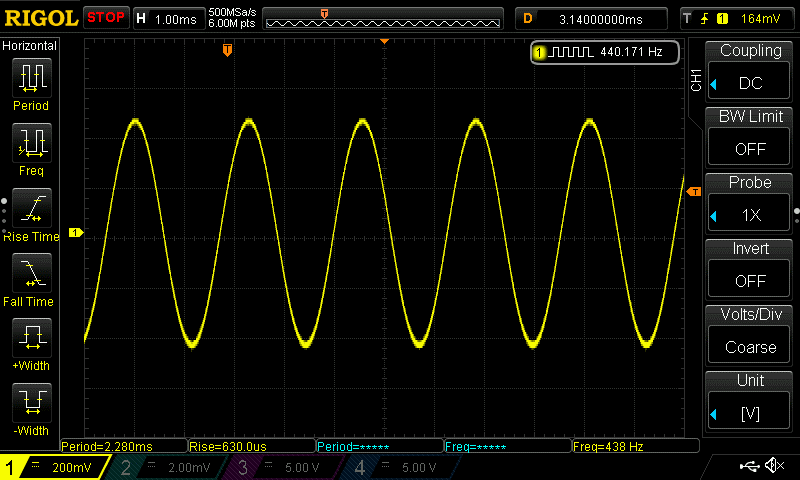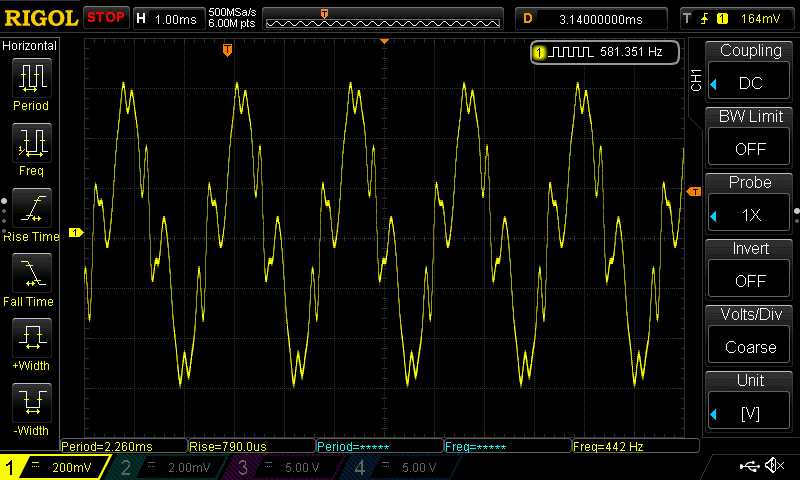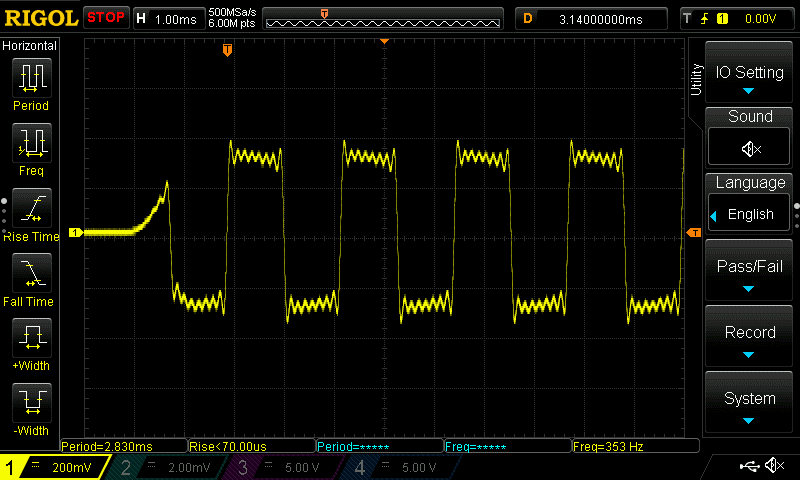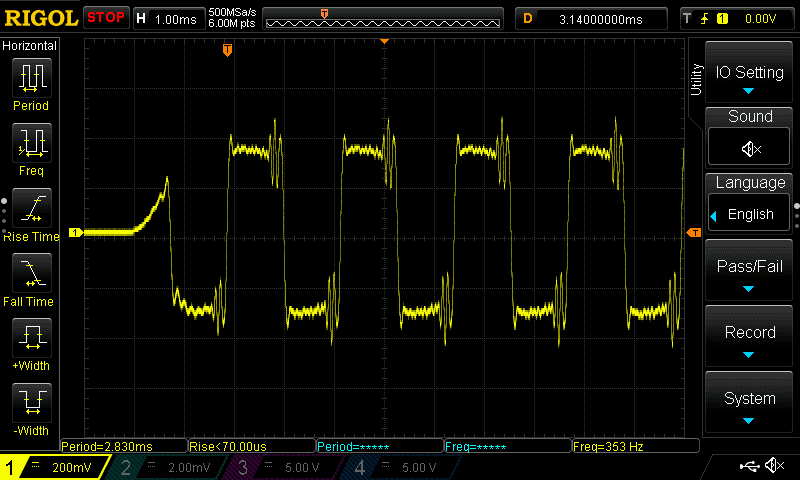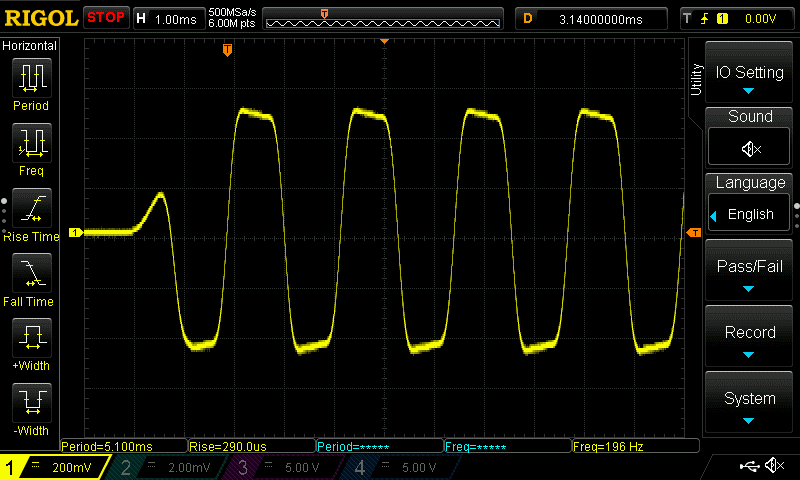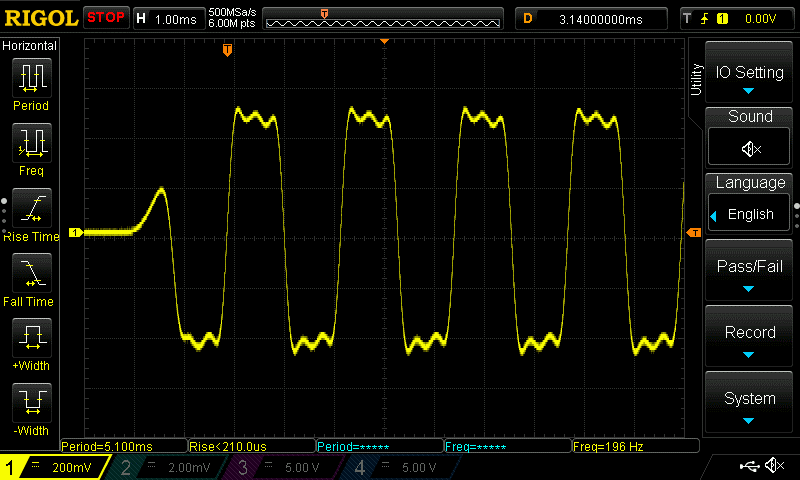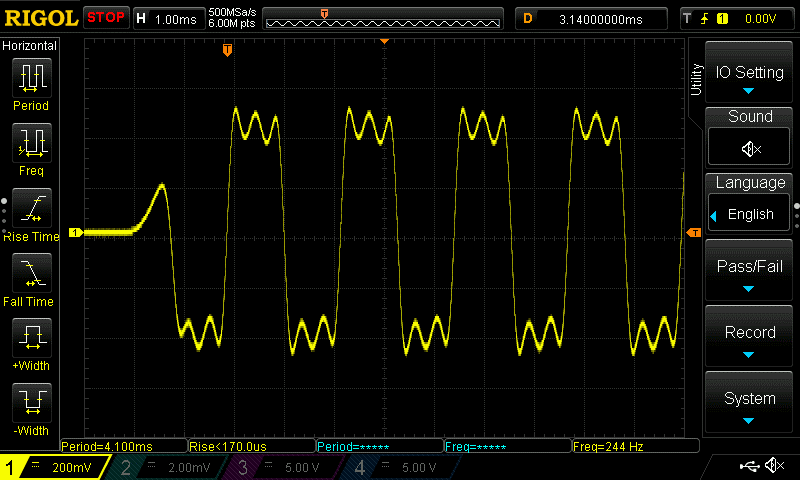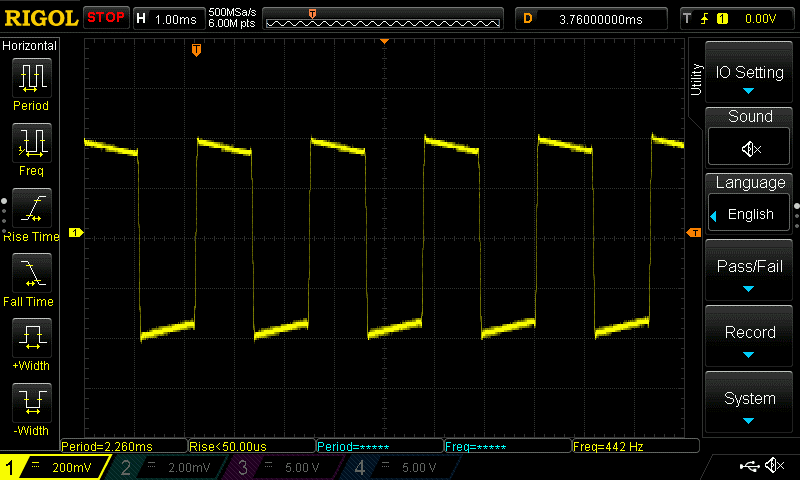Category: FM Synthesis
MicroDexed on Teensy4.0
Yamaha DX7 Clone on Teensy 4.0
Raspberry Pi Pico – DX7 clone
Portable Studio Setup
I see a lot of gear reviews and studio tours on the net, especially YouTube. Some are incredible. There are also a lot of “portable” setup showcases but it doesn’t seem to get the same treatment as the more grandiose studios. Perhaps this is just an indication that most people like to create music in grandiose studios but I typically get more inspiration when I’m in new surroundings – outside in a park
or in some foreign city sitting in hotel room. So on those occasions where some musical inspiration hits me, what are the best way to capture those ideas?
If I want to compose something orchestral, the most practical portable setup is Sibelius with NotePerformer. I am not a big fan of the Sibelius 7 sounds and find that NotePerformer gives a better performance.
This setup is not the cheapest of setups but, to me, is the best bang for the buck for portability when it comes to writing orchestral pieces. You can also use more expensive and expansive orchestral VSTs but you have to be aware of the power of your laptop and storage requirements. This setup is not the best for pop, jazz or contemporary tunes. For that, I like using a small portable keyboard with a DAW. Being a keyboard player, I have a few keyboards ranging from an 88 key weighted action beast to a small portable 37 key mini-key synth. The 37 key mini-key keyboards are not the easiest to play but are the most portable and the ideal size for travel. It fits perfectly in a carry on suitcase. 49 key keyboards are a little too big and those 25 key keyboards are too small to play full chord voicings. My keyboard of choice happens to be the Reface DX. I like that it runs on batteries and has speakers. I just wish it could be used as an audio sound card as well! The combination of the keyboard and simple DAW in a laptop is enough to capture a lot of ideas. The sound sources will be up to you, the kind of music you want to create as well as the power of your laptop. For me, Superior Drummer, Spectronsonics Trillian and Omnisphere does a lot of heavy lifting. For the audio monitoring, earbuds are fine. Remember, we just want to capture ideas, you can always fine tune the final mixdown at home. I should note is that all of my recording is MIDI based. I don’t like having to carry around an extra USB audio device, not only because it adds additional weight but takes up a crucial USB port. If your main axe is a guitar or an instrument that requires audio input, that’s something to be considered. I have a 2013 macbook air 11 inch with 8gb of memory. It has Sibelius 7, NotePerformer 3, and Cubase AI with Superior Drummer, Spectronsonics Trillian and Omnisphere and Halion Sonic SE. It’s more than enough to write sketches or capture ideas on the road. The Reface DX plugs into the laptop with a USB cable. Unfortunately, it is not USB powered, so I do carry the AC adapter. As I mentioned, before, it does run on batteries so the whole rig can be used outside in the park if that was something I wanted to do.
I think there are probably iPad or iPhone based solutions that are similar to my laptop solution but I have not done any research into that. As an aside, I have seen suggestions to use smartphones to record ideas / audio. So, if you’re outside and hear some catchy melody in your head that you want to quickly capture before it leaves your brain forever, just whip out your phone and sing your idea and verbally notate it by articulating the changes/rhythm/tempo. etc.
But for me, this isn’t very practical as I am a horrible singer and self conscious about singing into a phone.





